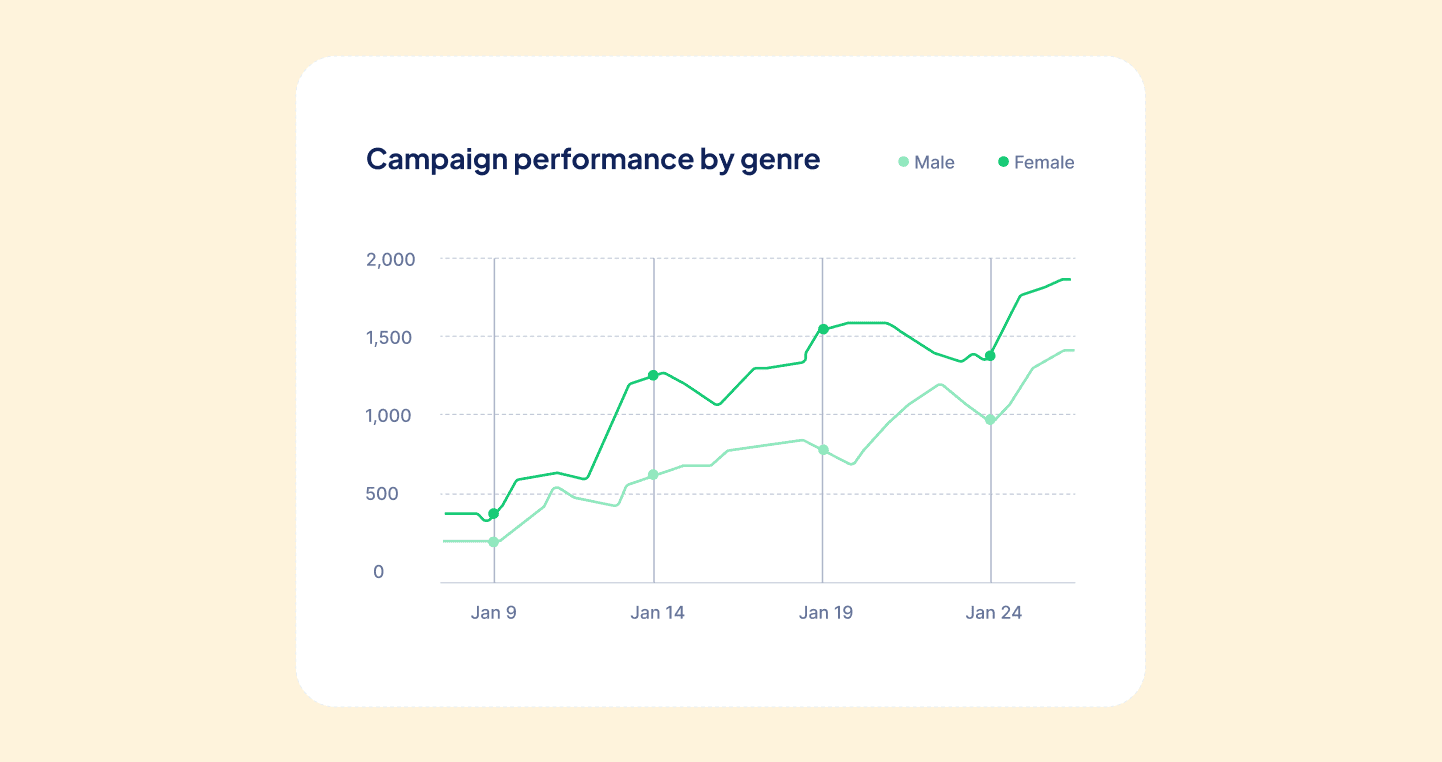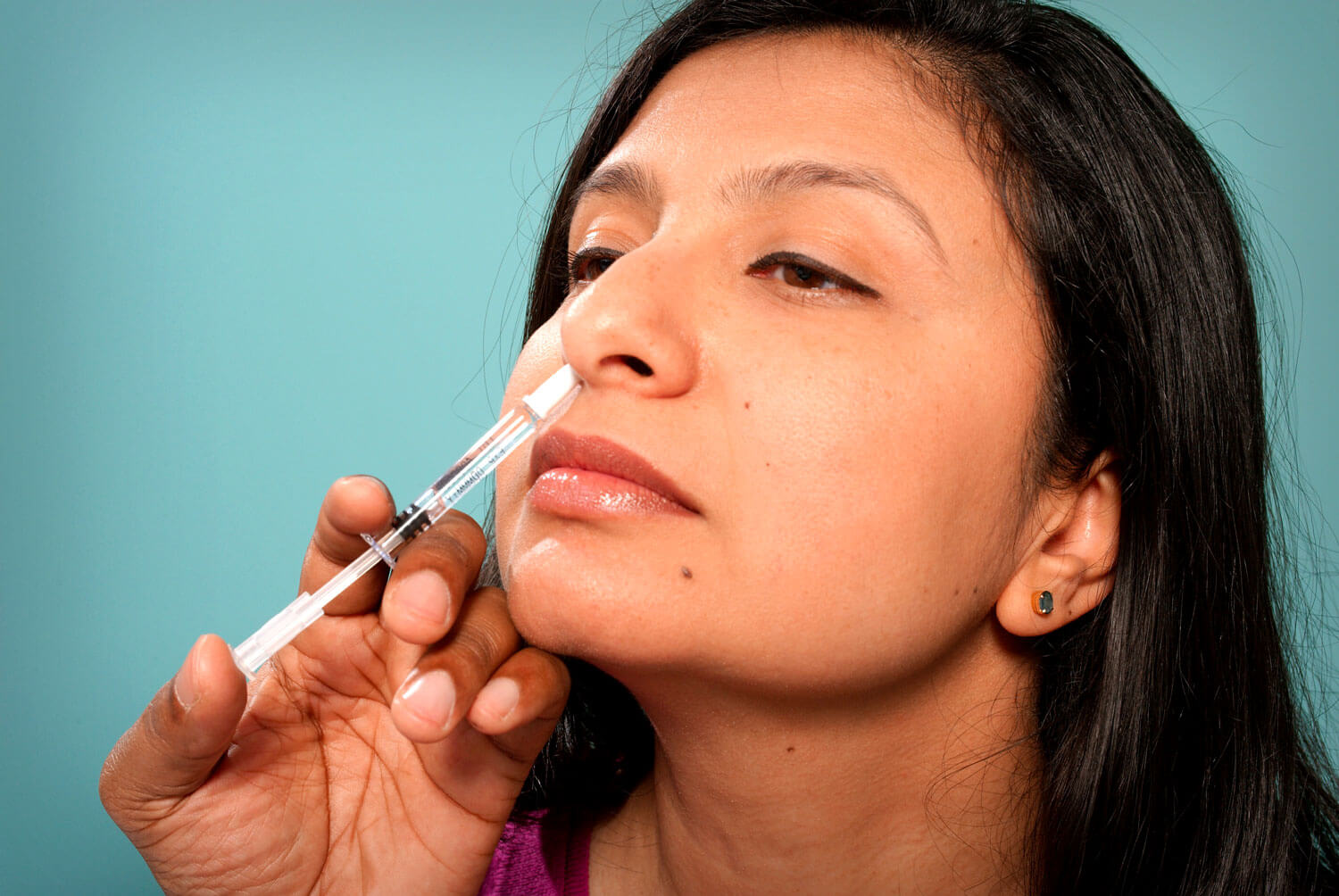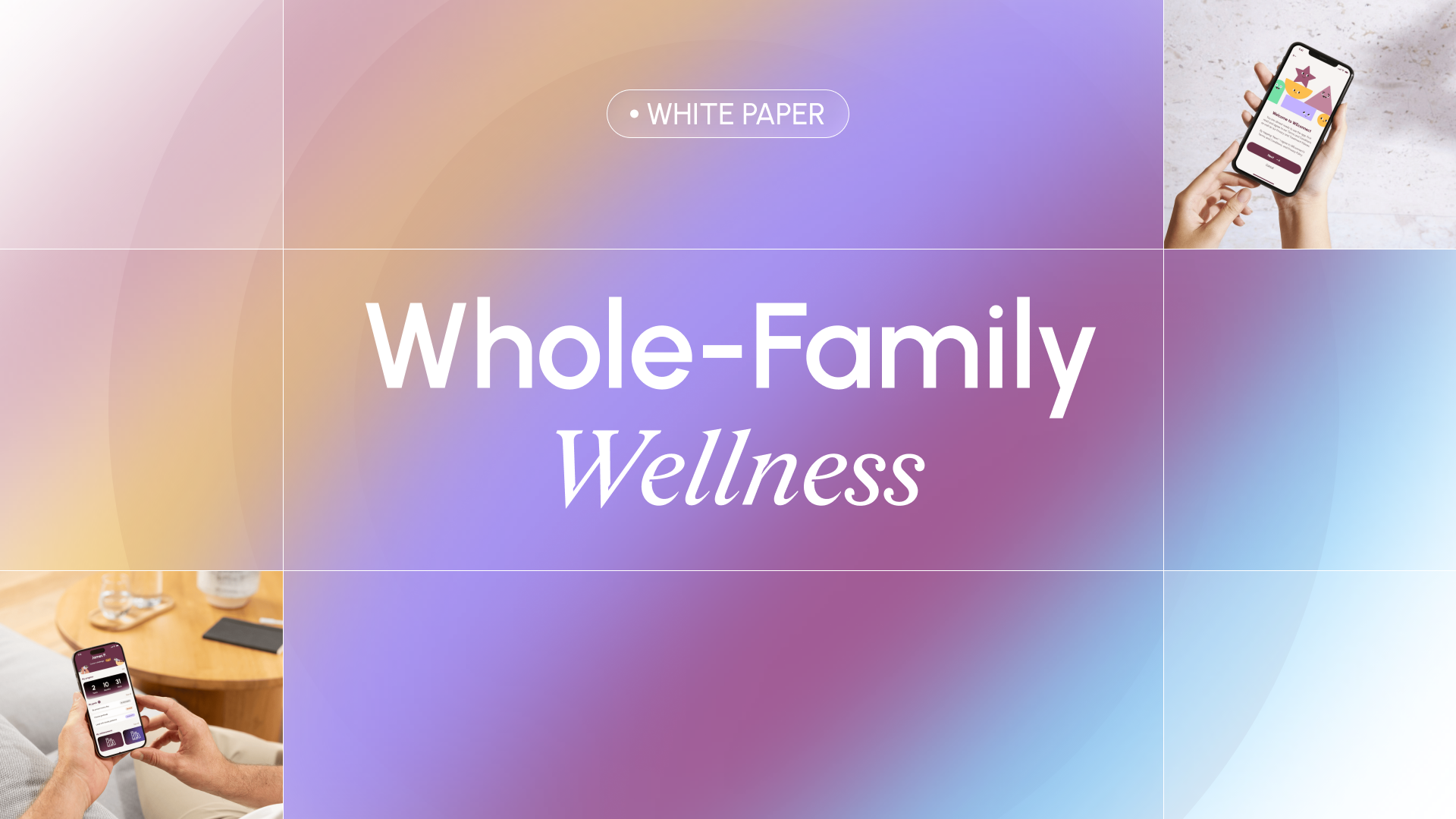Accidental drug poisoning is the number one cause of death in America today for adults under the age of 50. A large number of these poisonings are often referred to as “overdoses.” More often than not, what is happening is better described as drug poisoning.
What is fentanyl?
Fentanyl is a potent substance that has grown in popularity as a street drug due to its potency and the pendulum swing of first overprescribing pain medications, and later underprescribing them. A federal crackdown on some doctors prescribing opioids left many others afraid to do so, and many thousands of people were suddenly cut off from a medication that they were physically dependent on. These people had little choice available to them for relieving their suffering, so many turned to the black market. This sudden increase in demand led to a rush of supply in the form of a suite of easily concealable fentanyl powder products, which can be anywhere from 25 to 40,000 times more potent than heroin.
Why are overdose events happening more often?
Prior to fentanyl, individuals who used heroin daily typically knew what dose they needed when they consumed the drug, and could dose daily with infrequent overdose events. An overdose was most likely to occur when an individual mixed multiple substances together, had a decreased tolerance, a compromised immune system, changed suppliers, or had other health conditions (or a combination of the aforementioned factors). With the arrival of fentanyl, people were no longer able to determine what their daily dose was, resulting in mass drug poisoning events. Today, fentanyl is now commonly found in supplies of non-opioid street drugs such as cocaine and methamphetamine.
How can you stop an overdose?
Even with the switch in prevalent street opioid supply going from heroin to Fentanyl, the most effective way to reverse an opioid overdose hasn’t changed. Naloxone—better known by the brand name Narcan—is still the gold standard for first responders, people who use drugs, and concerned citizens who want to reverse an overdose. This medication is now most commonly used as a nasal spray; when administered, it kicks the opioids off of the opioid receptors of the individual experiencing overdose, allowing them to resume breathing. Naloxone will reverse any opioid overdose so long as it is administered in time, the dosage is sufficient, and other substances a person ingests do not complicate breathing.
There remain many harmful myths surrounding fentanyl, all of which promote hysteria and tragic missed opportunities to save lives. Some of the following myths are so pervasive that many first responders have experienced documented panic attacks after coming into simple contact with the drug, believing they have accidentally overdosed. This hysteria is harmful in that it further stigmatizes people who use fentanyl and makes folx less willing to administer naloxone in an emergency situation.
Myths and Facts about Drug Poisoning
MYTH: Fentanyl powder can be absorbed through the skin, and you will feel the effects and can experience overdose by skin contact.
FACT: There is no proof that anyone ever died from getting fentanyl powder on their skin. There have been several reports (mainly from law enforcement officers) claiming that they experienced an overdose due to touching fentanyl. Those reports have been proven false. The police officers in question were experiencing classic symptoms of a panic attack, which include rapid heartbeat, hyperventilation, sweating, trembling, and shaking. In several cases, the officers even report administering naloxone on themselves. Conversely, the symptoms of a fentanyl overdose are: slow or labored breathing, decreased heartbeat, limp body, loss of consciousness, etc. Once an overdose is taking place, an individual is not capable of reviving themselves using naloxone due to loss of consciousness—that’s why it’s so important to never use alone.
MYTH: Carry 3 doses of Naloxone: 2 the for individual and 1 for yourself (in case of exposure).
FACT: This myth is particularly damaging since it makes folx feel that administering Naloxone is dangerous. There is no proof of anyone ever experiencing an overdose while administering Naloxone. Secondly, it is unrealistic to assume that someone experiencing an overdose would be able to administer Naloxone on themselves. Another reason why this myth is especially harmful is because it may make folx feel like they are safe to use alone and administer naloxone on themselves if they were to experience a drug poisoning event. This is false.
MYTH: Do not give rescue breaths during CPR, you may possibly experience fentanyl overdose yourself.
FACT: This is another dangerous myth that adds to irrational fears of being harmed by touching fentanyl. As dangerous as fentanyl is, false barriers to administering naloxone makes the drug much more deadly. If you know how to administer rescue breathing, please utilize that critical skill when responding to a possible opioid overdose after administering naloxone; it could save someone’s life.
MYTH: Fentanyl is in cannabis now and people are putting it there on purpose.
FACT: There is no evidence to support the claim that people who sell smokable cannabis are intentionally “lacing” the drug with fentanyl. Instead, what is likely occurring— as with methamphetamine, cocaine, and other street drugs—is cross-contamination. The surface or tools used to package, weigh, or transport the materials are utilized for many different substances (including heroin and fentanyl), which can lead to cross-contamination. Importantly, even if fentanyl is present in a smokable cannabis sample, it will not absorb into the bloodstream and cause an opioid high or overdose. The only way an individual could experience an overdose is by the “freebasing” method, which is a highly unusual way to consume cannabis.
If you or anyone you know is using drugs in the Age of Fentanyl: It is always best to test street drugs with fentanyl test strips before consuming them. Test strips can be purchased here and limited supplies are available for free by mail order here. If test strips aren’t available, then it’s safest to assume the drugs are contaminated with fentanyl and use less than a typical dosage, use more slowly, carry naloxone and know how to use it, and never use alone!
Emphasize your product's unique features or benefits to differentiate it from competitors
In nec dictum adipiscing pharetra enim etiam scelerisque dolor purus ipsum egestas cursus vulputate arcu egestas ut eu sed mollis consectetur mattis pharetra curabitur et maecenas in mattis fames consectetur ipsum quis risus mauris aliquam ornare nisl purus at ipsum nulla accumsan consectetur vestibulum suspendisse aliquam condimentum scelerisque lacinia pellentesque vestibulum condimentum turpis ligula pharetra dictum sapien facilisis sapien at sagittis et cursus congue.
- Pharetra curabitur et maecenas in mattis fames consectetur ipsum quis risus.
- Justo urna nisi auctor consequat consectetur dolor lectus blandit.
- Eget egestas volutpat lacinia vestibulum vitae mattis hendrerit.
- Ornare elit odio tellus orci bibendum dictum id sem congue enim amet diam.
Incorporate statistics or specific numbers to highlight the effectiveness or popularity of your offering
Convallis pellentesque ullamcorper sapien sed tristique fermentum proin amet quam tincidunt feugiat vitae neque quisque odio ut pellentesque ac mauris eget lectus. Pretium arcu turpis lacus sapien sit at eu sapien duis magna nunc nibh nam non ut nibh ultrices ultrices elementum egestas enim nisl sed cursus pellentesque sit dignissim enim euismod sit et convallis sed pelis viverra quam at nisl sit pharetra enim nisl nec vestibulum posuere in volutpat sed blandit neque risus.

Use time-sensitive language to encourage immediate action, such as "Limited Time Offer
Feugiat vitae neque quisque odio ut pellentesque ac mauris eget lectus. Pretium arcu turpis lacus sapien sit at eu sapien duis magna nunc nibh nam non ut nibh ultrices ultrices elementum egestas enim nisl sed cursus pellentesque sit dignissim enim euismod sit et convallis sed pelis viverra quam at nisl sit pharetra enim nisl nec vestibulum posuere in volutpat sed blandit neque risus.
- Pharetra curabitur et maecenas in mattis fames consectetur ipsum quis risus.
- Justo urna nisi auctor consequat consectetur dolor lectus blandit.
- Eget egestas volutpat lacinia vestibulum vitae mattis hendrerit.
- Ornare elit odio tellus orci bibendum dictum id sem congue enim amet diam.
Address customer pain points directly by showing how your product solves their problems
Feugiat vitae neque quisque odio ut pellentesque ac mauris eget lectus. Pretium arcu turpis lacus sapien sit at eu sapien duis magna nunc nibh nam non ut nibh ultrices ultrices elementum egestas enim nisl sed cursus pellentesque sit dignissim enim euismod sit et convallis sed pelis viverra quam at nisl sit pharetra enim nisl nec vestibulum posuere in volutpat sed blandit neque risus.
Vel etiam vel amet aenean eget in habitasse nunc duis tellus sem turpis risus aliquam ac volutpat tellus eu faucibus ullamcorper.
Tailor titles to your ideal customer segment using phrases like "Designed for Busy Professionals
Sed pretium id nibh id sit felis vitae volutpat volutpat adipiscing at sodales neque lectus mi phasellus commodo at elit suspendisse ornare faucibus lectus purus viverra in nec aliquet commodo et sed sed nisi tempor mi pellentesque arcu viverra pretium duis enim vulputate dignissim etiam ultrices vitae neque urna proin nibh diam turpis augue lacus.
%202.svg)


